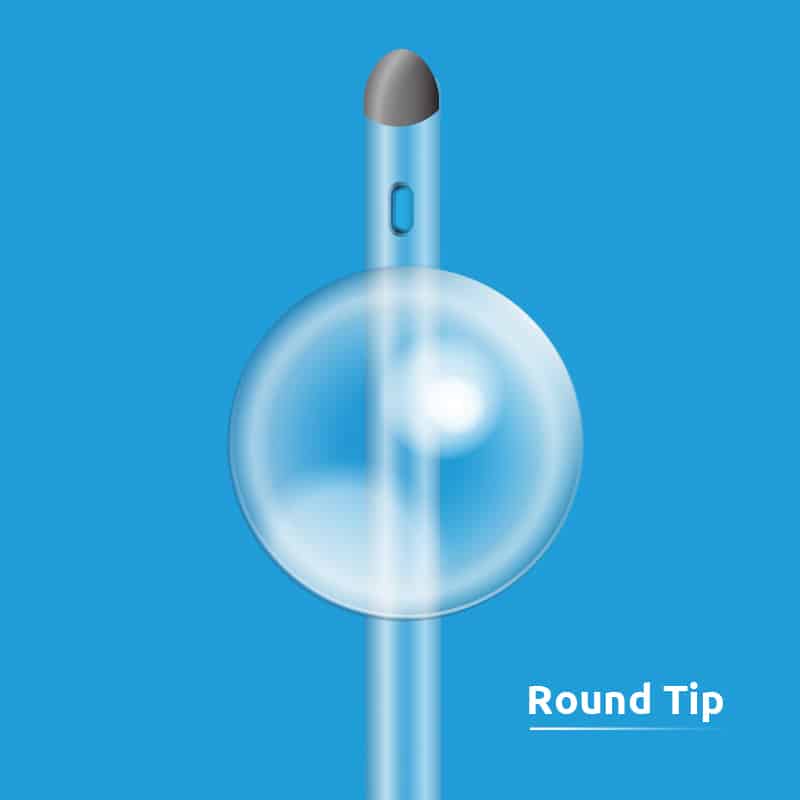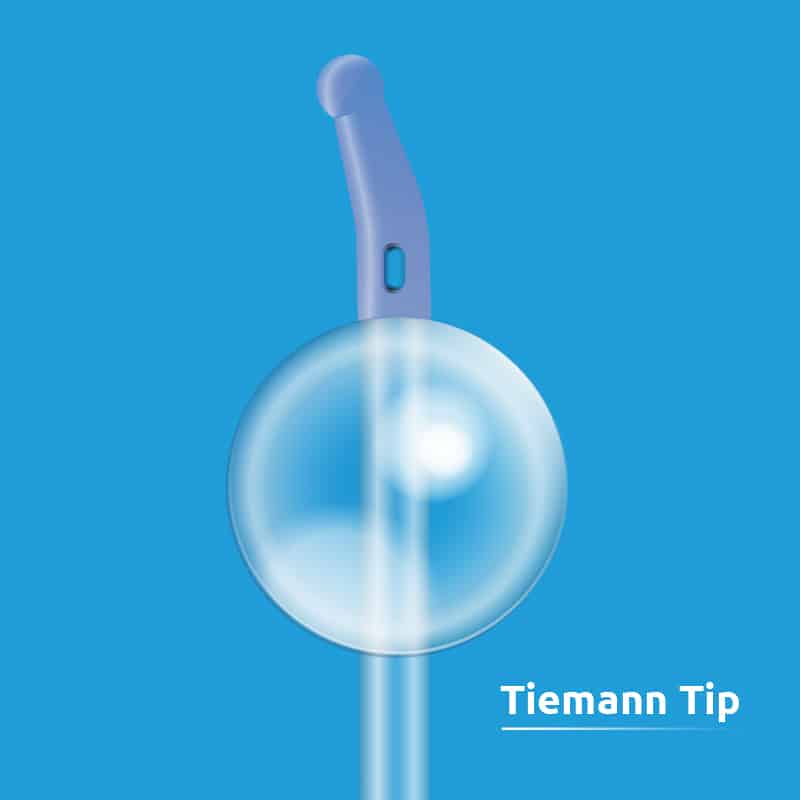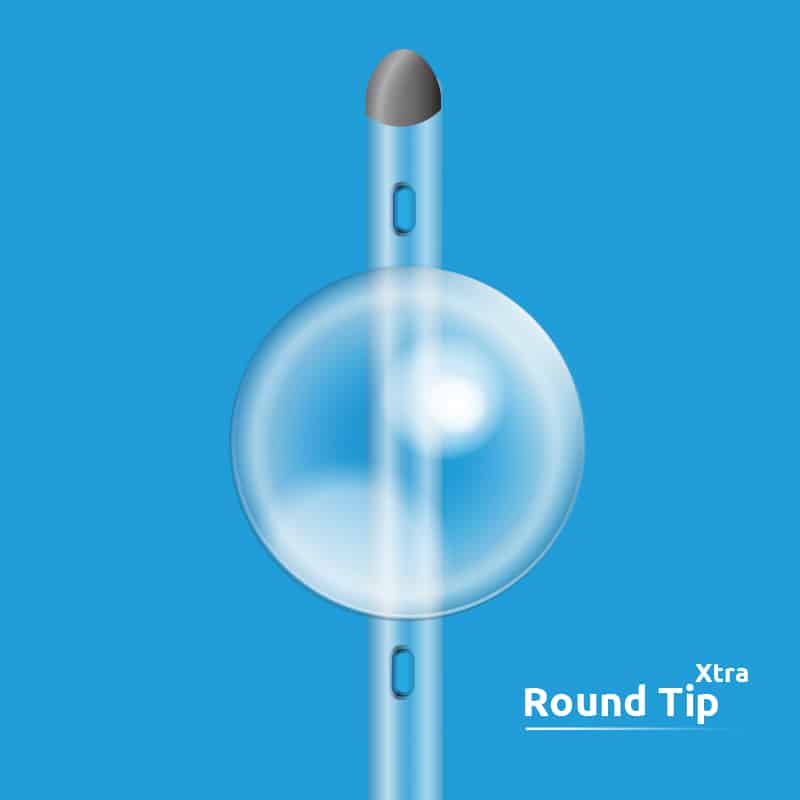Abstract
Background: Cost-effective methods to facilitate practical medical education are in high demand and the “mixed-reality” (MR) technology seems suitable to provide students with instructions when learning a new practical task. To evaluate a step-by-step mixed reality (MR) guidance system for instructing a practical medical procedure, we conducted a randomized, single-blinded prospective trial on medical students learning bladder catheter placement.
Methods: We enrolled 164 medical students. Students were randomized into 2 groups and received instructions on how to perform bladder catheter placement on a male catheterization training model. One group (107 students) were given their instructions by an instructor, while the other group (57 students) were instructed via an MR guidance system using a Microsoft HoloLens. Both groups did hands on training. A standardized questionnaire covering previous knowledge, interest in modern technologies and a self-evaluation was filled out. In addition, students were asked to evaluate the system’s usability. We assessed both groups’s learning outcome via a standardized OSCE (objective structured clinical examination).
Results: Our evaluation of the learning outcome revealed an average point value of 19.96 ± 2,42 for the control group and 21.49 ± 2.27 for the MR group – the MR group’s result was significantly better (p = 0.00). The self-evaluations revealed no difference between groups, however, the control group gave higher ratings when evaluating the quality of instructions. The MR system’s assessment showed less usability, with a cumulative SUS (system usability scale) score of 56.6 (lower half) as well as a cumulative score of 24.2 ± 7.3 (n = 52) out of 100 in the NASA task load index.
Conclusions: MR is a promising tool for instructing practical skills, and has the potential to enable superior learning outcomes. Advances in MR technology are necessary to improve the usability of current systems.
References:










